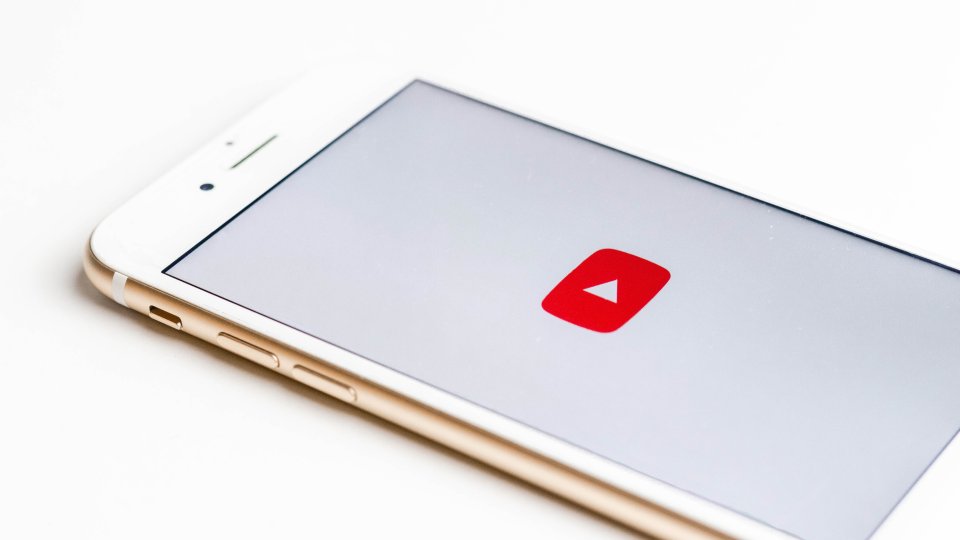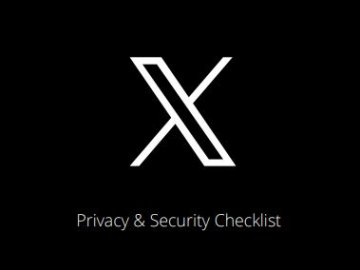When it comes to content creation, for many of us, it’s a chance to express ourselves. This could be, showing off a skill, talking about a particular interest/hobby or merely providing entertainment for our audience. With most social platforms though, it also gives us a chance to see how other people respond. This could be through the amount of views on a video, the number of ‘likes’ we may receive on a post or the amount of times content is shared.
YouTube, unlike a lot of other social media platforms has a feature which lets users ‘dislike’ other creator’s videos. For many years, if you jumped onto a video, you’d be able to see the ratio between ‘likes’ and ‘dislikes’, giving a general opinion of how viewers have responded. Now, YouTube has decided to ‘hide’ the ‘dislike’ count making it only private to the creator but still allowing users to press the ‘dislike’ button if they wish.
Taking the Focus Away from Dislikes
‘Dislikes’ can be used for many reasons. For some, it’s an opportunity to guide their YouTube experience, showing that certain types of content should not be recommended and is not of interest to them. For others though, it can be used to ‘troll’, harass or target individuals which can sometimes encourage more viewers to mimic the behaviour and land videos with larger dislike counts.
In response to this, YouTube did an experiment and found in their research that in hiding the dislike count, viewers were ‘less likely to target a video’s dislike button to drive up the count.’ Creators are still able to view their ‘dislike’ responses if they wish but it is private and not visible outside of their own account.
Considerations
YouTube has made a change to try and promote ‘respectful interactions between viewers and creators’. It is good to see YouTube trying to address harassment and harm online and hopefully this can lead to less creators feeling victimised through ‘dislike attacks’. Although ‘hiding’ the counts can create a new boundary, it is important to note that creators are still able to view ‘dislike’ responses and comments which can still open themselves up to experiencing negativity and harm.
If you are a content creator, take the time to think hard about the content you are publishing, do you understand the potential audience it may reach and the unpredictable levels of response you may receive? If you are concerned about how others are responding online or feel your YouTube account does not have enough privacy settings in place, why not take a look at their Privacy Control page to find out more. You can also look at their community guidelines to learn more about violations and how to take action on them.
If you are concerned about harassment or feel your content is being targeted through harmful comments, then make sure you know how to report to YouTube. You can also get advice or report legal but harmful content at:






